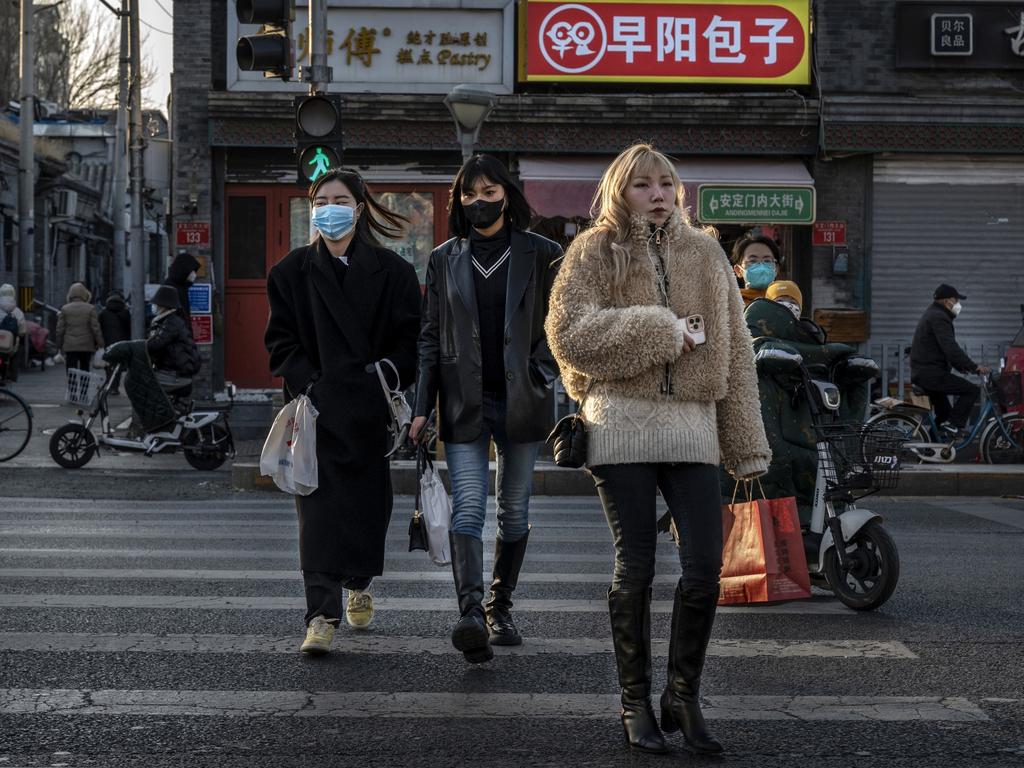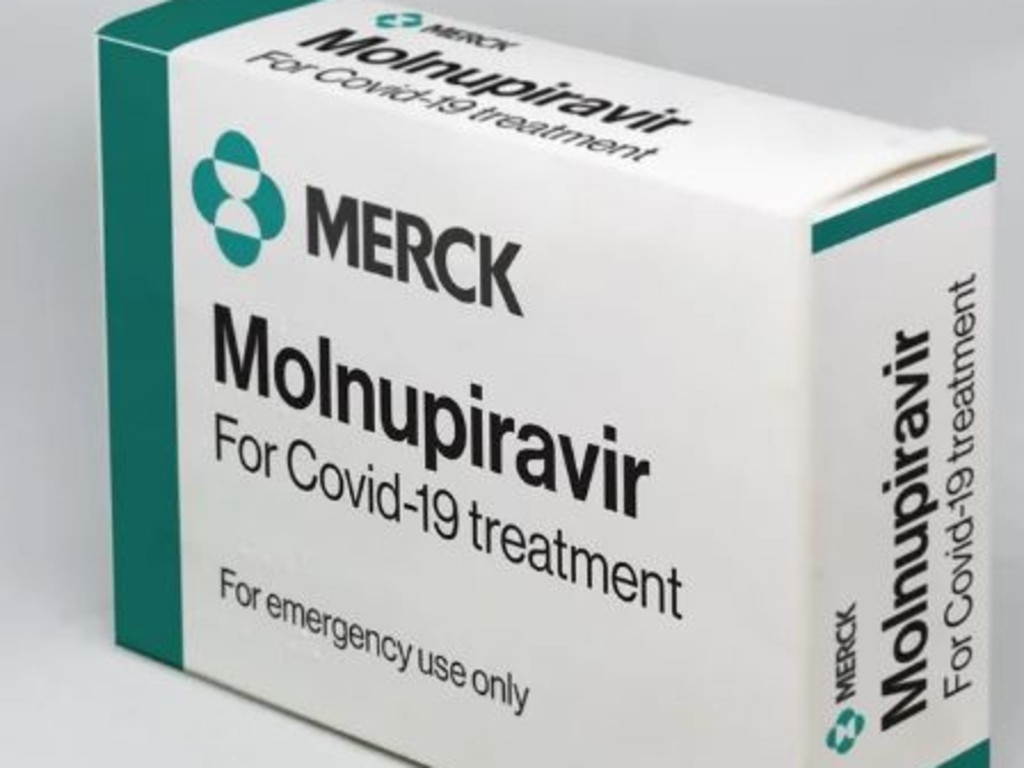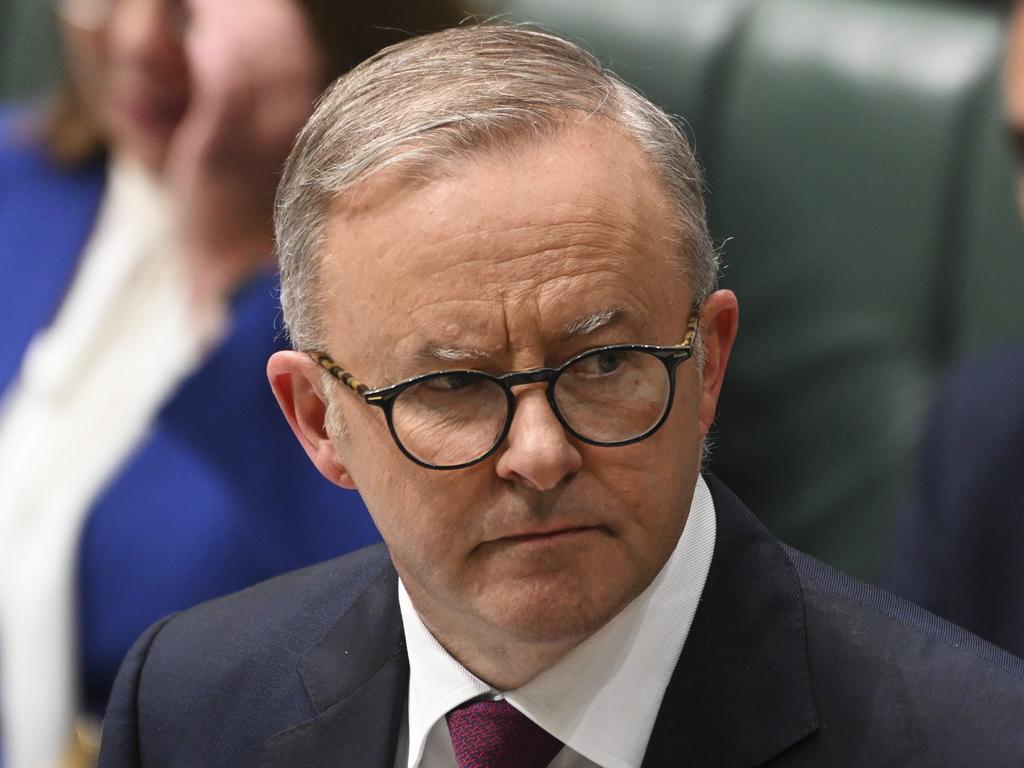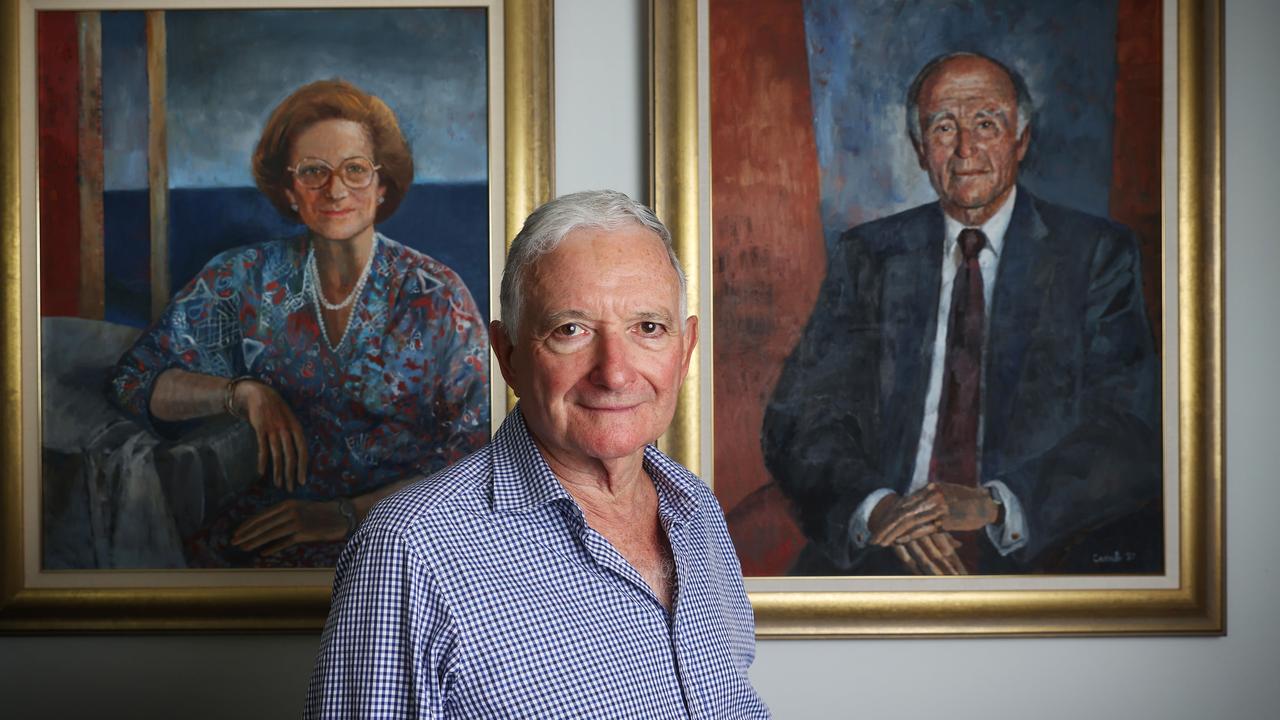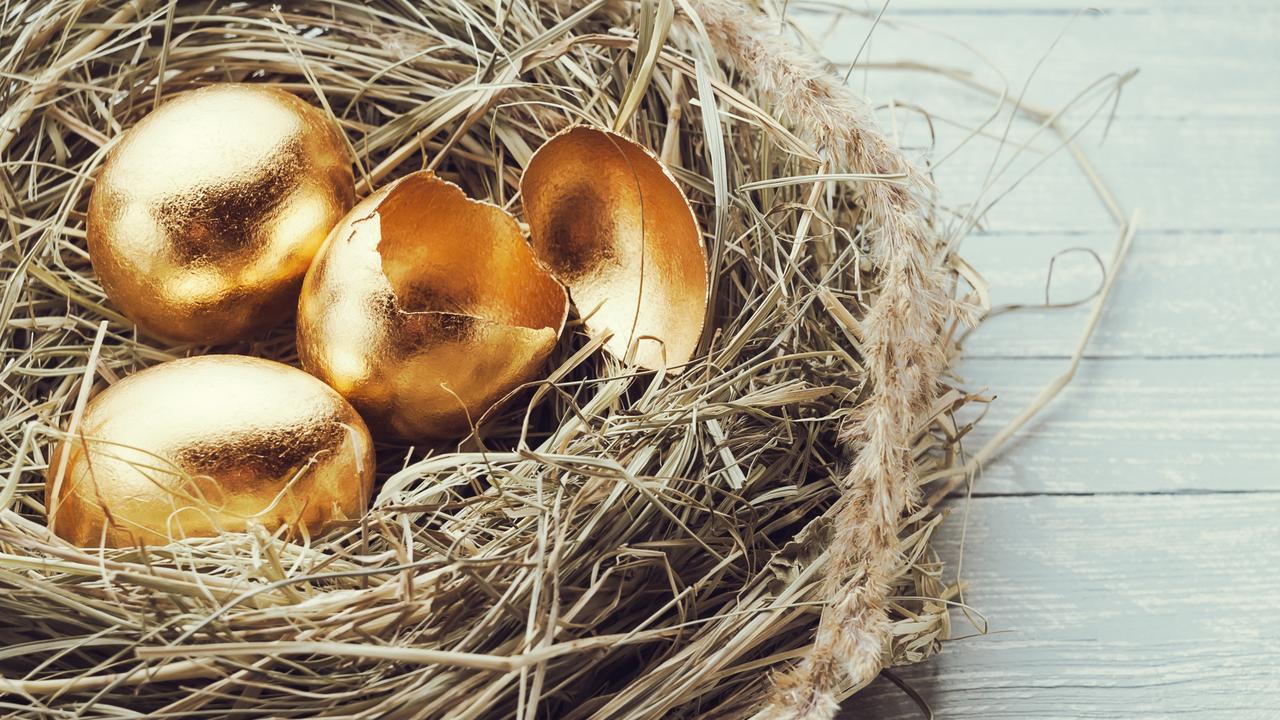‘Up to half a million’ Australians could have Covid-19
Up to 500,000 Australians could be infected with Covid-19 as cases and hospitalisations rise during the fourth Omicron wave, a leading epidemiologist says.
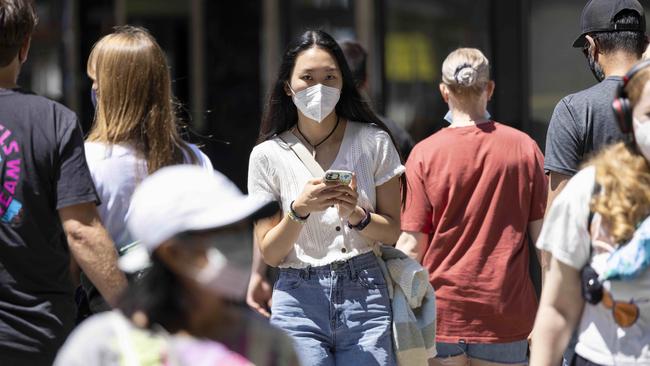
Up to 500,000 Australians could be infected with Covid-19 as cases and hospitalisations rise during the fourth Omicron wave, a leading epidemiologist says.
About 14,000 Covid cases were reported daily in the week to November 29, up 20 per cent from the previous week, but infectious diseases physician and microbiologist Peter Collignon said about 1 or 2 per cent of Australians were likely to have the disease.
He based his prediction on testing in England, which has been more regular and comprehensive than in Australia.
“The baseline seems to be 1 per cent (of England’s population having Covid at any one time),” Professor Collignon, who works at Canberra Hospital and ANU Medical School, told The Australian.
“I would think 1 or 2 per cent of people have probably got Covid at this point in time, which is a lot, but the vast majority are reinfections now. ICU and ICU ventilations are nowhere near what it was earlier this year. Because of vaccines and because 80 per cent of Australians have already been infected, I can’t imagine it’s going to get there.”
Professor Collignon and Deakin University’s chair in epidemiology, Catherine Bennett, said cases had begun tapering but there would be more of a plateauing effect in this wave rather than a noticeable peak.
The Department of Health said Australia’s latest wave was increasing more gradually than Singapore’s, which peaked after about four weeks.
Australia’s cases have risen from approximately 170.3 weekly average cases per one million people at October 22 to 554.1 weekly average cases per one million people at November 29.
“The current wave is being driven by a combination of existing and newly emerging Omicron subvariants,” a departmental spokeswoman said.
“These new variants, particularly XBB and BQ.1 are believed to better at infecting people with immunity to existing variants, potentially making them more transmissible.”
Australian Medical Association president Steve Robson said members on the ground were warning of a “worrying period” with overwhelmed emergency departments and increasing Covid cases among hospital staff.
He called for real-time reporting of what was happening in hospitals, after the Royal Children’s Hospital Melbourne advised families to seek alternative care on Monday night as it faced “unprecedented demand” in emergency.
“We get into a spiral where all the hospital staff start to come down with Covid. That reduces the workforce that’s available to look after patients. The signs we’re seeing that we’re picking up from our members and what we’re hearing is we’re heading into very troubled waters over the next few weeks,” Professor Robson said.
“When you see the Prime Minister in a packed bookshop unmasked and a couple of days later he tests positive, the messaging from the top is a little disappointing.”
Professor Collignon said the most accurate data to track during the fourth Omicron wave was the number of deaths and ICU admissions, which he said were both much lower than in previous waves and not likely to go up markedly.
The rolling seven-day average on November 29 was five deaths, according to the Department of Health, down from 12 on November 20. Hospitalisations and ICU admissions are still on the rise, up 20 per cent and 13 per cent respectively on November 29 compared to the previous week.
After analysing NSW sewerage data, Professor Bennett said cases were still creeping up but in multiple little waves rather than statewide or countrywide outbreaks.
With Australians beginning to enjoy the festive season, Professor Collignon said the best advice was to have a barbecue outside if possible – decreasing the chance of catching Covid by more than 95 per cent – instead of an indoor meal.


